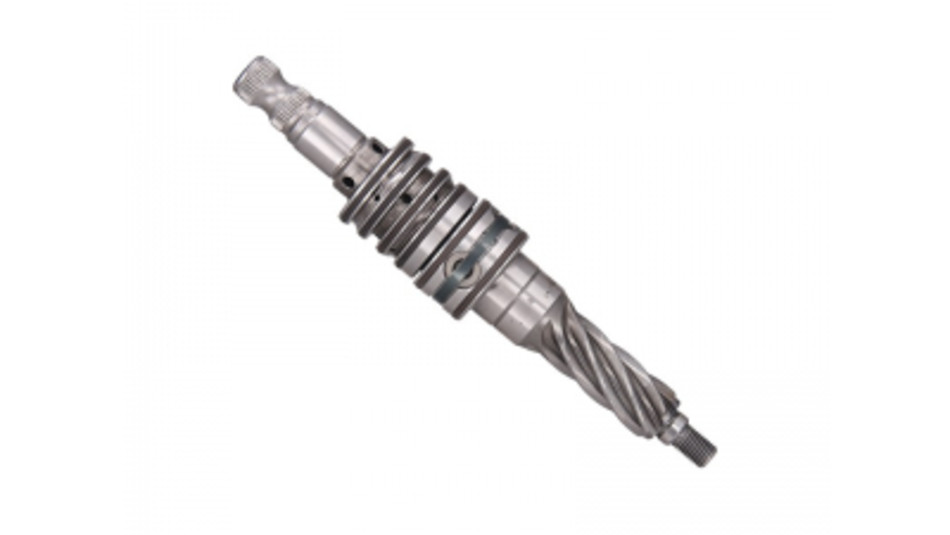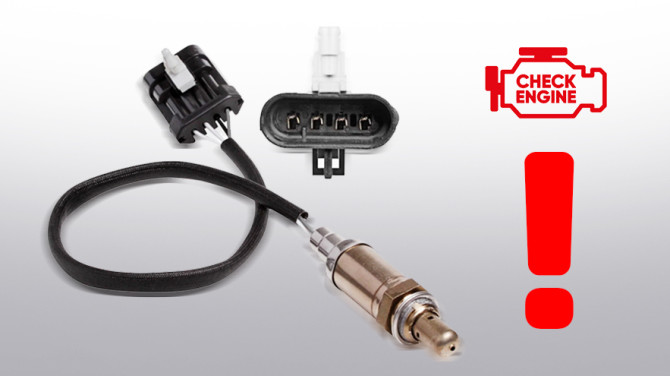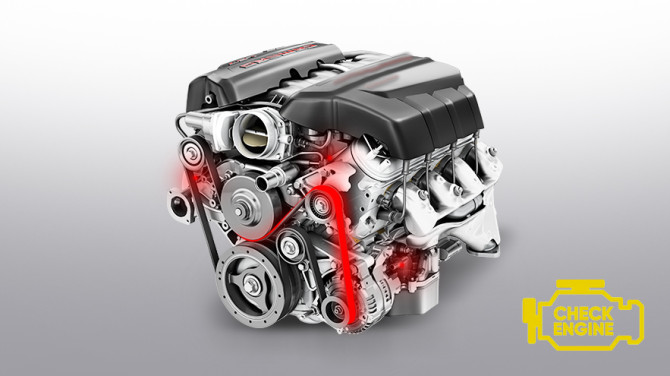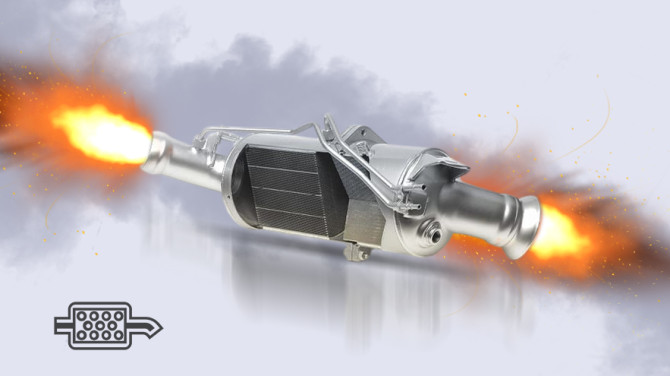The Distributor and Its Failures

Most modern cars are equipped with power steering, making driving significantly easier and smoother, thanks to this invention.
The construction of the hydraulic steering rack ensures a hydraulic cylinder divided by a piston into two chambers. Depending on the direction in which the steering wheel is turned, oil is supplied to the right or left chamber. This means that between the steering wheel, power steering pump, and hydraulic cylinder, there is a mechanism that directs hydraulic fluid to a specific part of the drive cylinder.
How the Distributor Works
The distributor is responsible for the redistribution of oil to the right and left chambers of the cylinder. Many drivers know what it is but may not fully understand how it works.
It consists of:
- Lower part - a gear that interacts with the gear sector and is responsible for the mechanical movement of the steering gear.
- Spool (otherwise known as the distributor barrel) opens and closes bypass channels, directing oil to the appropriate chamber of the cylinder when the distributor shaft rotates left or right.
- Torsion bar is a tracking device that provides measured auxiliary force. When the driver turns the steering wheel, the torsion bar rotates, and the spool opens the channels.
- Multi-groove part is connected to the steering shaft and, through the torsion bar, is attached to the lower part using a pin.
- Distributor bearing - ensures the rotation of the shafts.
- Oil seals and other rubber seals provide the mechanism's tightness.
Why Distributors Fail
So, the distributor directs oil to the right place. This mechanism is resistant to wear despite the moving parts in the design. However, nothing is eternal, and despite the fact that the spool mechanism is hidden inside the steering gear, constantly lubricated with oil and protected by a casing from external influences, it can still fail.
The causes are various:
- The distributor may have been damaged if the car was involved in an accident.
- Low-quality repairs - Distributors are often damaged by enthusiasts during amateur repairs in the garage or by unprofessional car mechanics.
- Mechanical wear of the distributor - occurs when the driver postpones current repairs.
- Insufficient oil in the system or dirty oil.
Distributor Failures: How to Recognize and What to Do
What happened: Leaks from the distributor
They appear if rust has spread along the distributor and entered under the upper seal (simmering). Due to constant interaction with the moving parts of the distributor and contact with hot oil, rubber oil seals and rings wear out.
Symptoms: The steering wheel turns with jerks or does not turn at all because the system's integrity is compromised.
How to fix: Similar to other manifestations of corrosion - for minor damage, grind, for deep damage, replace the damaged elements or the entire mechanism. Worn sealing elements need to be replaced.
What happened: The housing has worn out
This defect is called ring wear. This wear occurs because the sealing rings of the distribution barrel rotate with it, are tightly pressed against the housing walls, and slowly "push out" metal particles. Over time, they stop providing the necessary tightness and maintaining the flow of oil.
Symptoms: In this case, when the steering wheel turns left and right, the fluid flows towards the tank and does not provide the force pressing on the piston in the cylinder. As a result, the steering wheel becomes heavy.
How to fix: If the revealed grooves are not deep, the distributor housing can be bushed.
What happened: Mechanical wear of the torsion bar and barrel
Usually, the fixing elements of the distribution barrel wear out, loosen, and block the channels. The torsion bar usually wears out mechanically - metal tends to age.
Symptoms: The steering wheel "jerks," and the wheels respond to steering input with a delay.
How to fix: Replace the torsion bar with a new one or replace the entire distribution mechanism.
What happened: Corrosion of the gear teeth
Mostly, rust eats away at the central teeth of the gear because most of the time, the steering wheel is in the neutral position (when the car is driving straight). This problem is a consequence of damage when water and dirt get into the mechanism from the road.
Symptoms: Grinding and vibrations when turning the steering wheel, heavy steering.
How to fix: If the corrosion is not deep, it is possible to grind the parts. If the corrosion is deep, you will need to replace the spare part.
What happened: Worn teeth on the distributor
If the gear was incorrectly adjusted - not tightened or the pair of teeth has loosened over time. Then the teeth collide with each other and wear out.
Symptoms: Noise from the distributor, steering wheel vibration, the car does not respond to steering.
How to fix: Worn parts (gear rack and distributor) will need to be replaced.
What happened: The distributor bearing has broken
Bearings are mechanical elements with a simple design. Therefore, they are primarily destroyed by mechanical friction. Enthusiasts of active driving - off-road jumping should be prepared that the distributor bearing will need to be changed earlier than they would like. Rust also often eats away at the bearings. Many drivers are not even aware that the distributor has its dust cover, and its condition also needs to be monitored.
Symptoms: Play in the steering wheel, knocking under the hood on the left side.
How to fix: Service the distributor, bring it to the proper condition, replace the worn bearing.
Repairing the Power Steering Distributor
The time has come when the car's steering system started to fail. How to understand that the distributor is broken, as the symptoms of power steering failures are so similar? Distributor malfunctions manifest as follows:
- The steering wheel does not respond. The distributor must direct the fluid left and right, but it does not happen. Most likely, the distributor coil has failed.
- Any turning of the steering wheel. No, it's not a Poltergeist. If the torsion bar in the mechanism is broken, the steering wheel in the car can turn freely (with the engine running).
- There is a difference in assistance to one side: the coil (barrel) is damaged.
- Corrosion of the distributor: if water and dirt have entered the distribution mechanism for a long time.
- Noise from the distributor: strange sounds like whistling or hissing coming into the cabin. This means the distributor needs to be checked.
- The steering wheel sticks in one or both directions, especially when the engine is warm.
- As you can see, there are many symptoms, and not always the driver will be able to determine that the distributor is broken.
If you notice unusual steering behavior, don't guess, go for diagnostics, because it's better to fix the distributor on time than to buy a whole steering gear.







